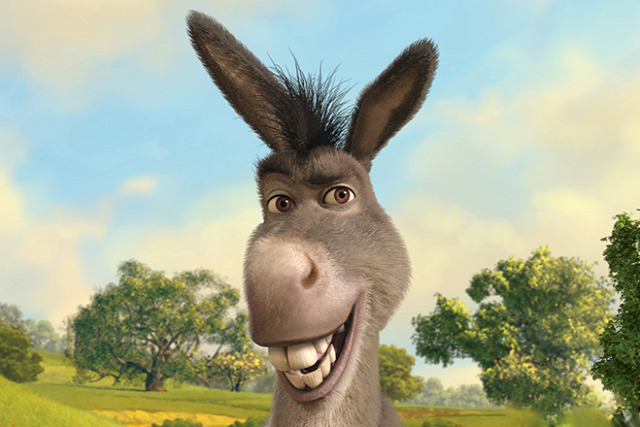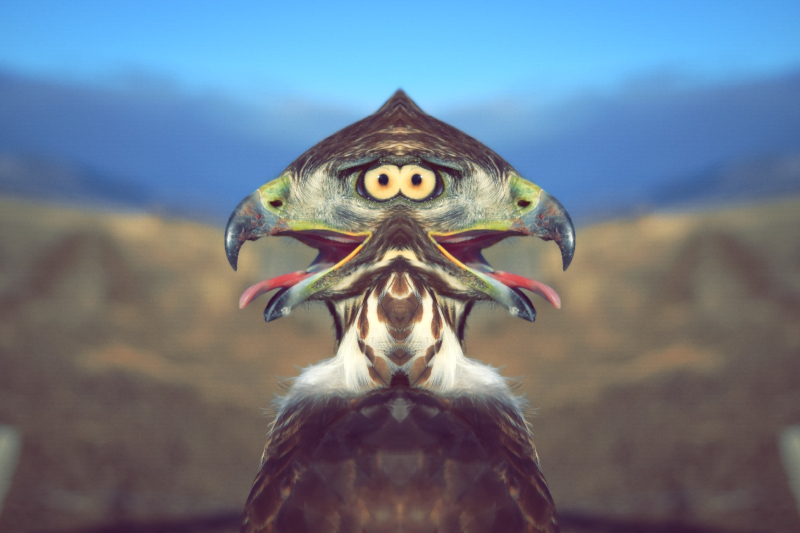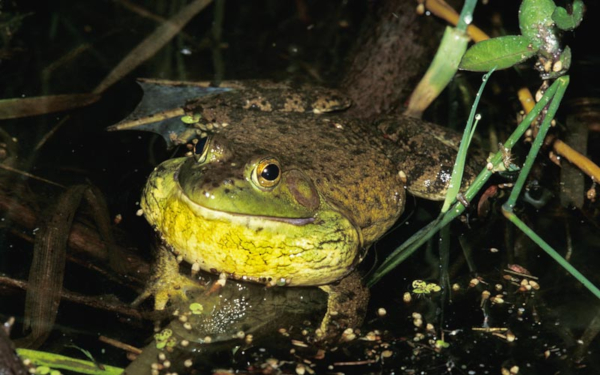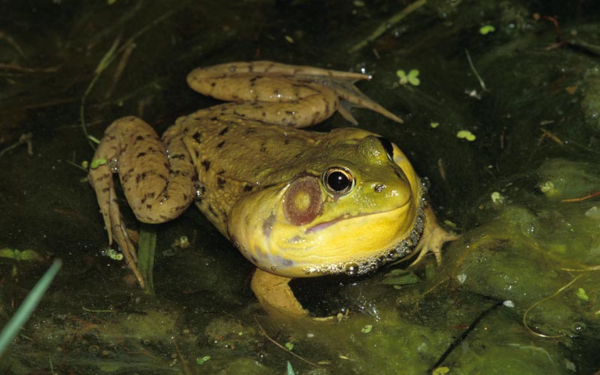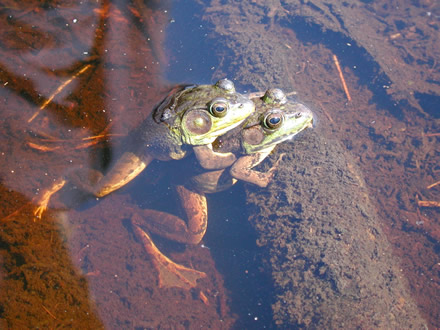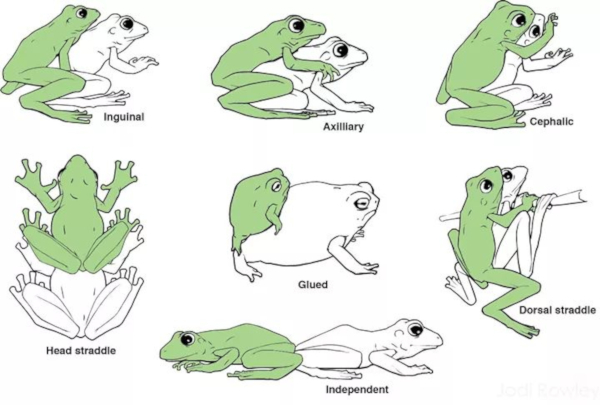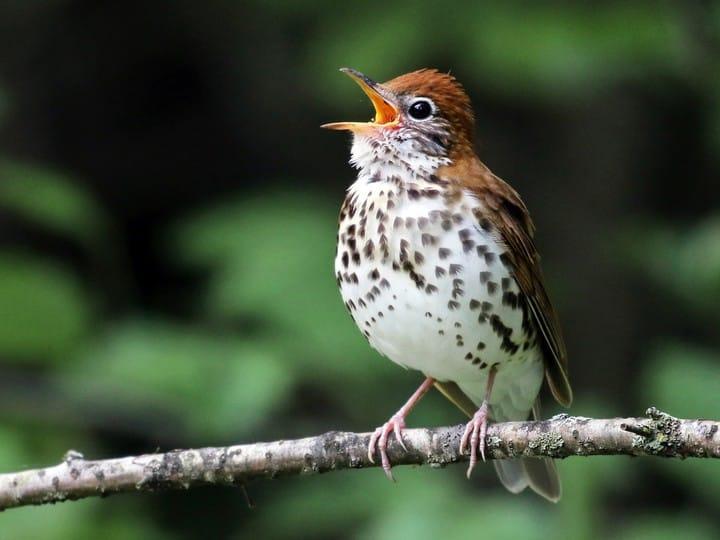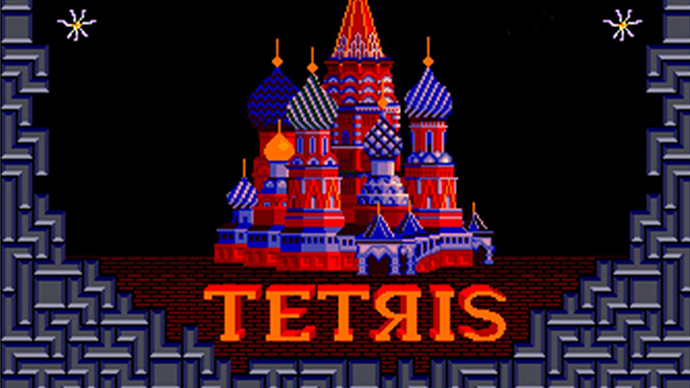
I’ve watched The Office a dozen or so times. I’m so old, I watched it when Netflix used to limit how many hours you could stream. (I only larp as an eccentric during the day. At night, I go full normie scumbag and watch TV.)
At the time, I thought The Office was the funniest show ever, and I wanted Jim and Pam to live happily ever after (like Zack and Kelly [and unlike Brandon and Kelly]). Now I’m cranky and bothered by all the cuckold triangles and overall degeneracy of American media. But if you haven’t seen it, you should probably go binge-watch the first 7 seasons. (You’ll have plenty of time during the upcoming lockdown to watch TV. Maybe we’ll go full fascist-Australia and be quarantined in a 5K radius. Maybe the vaxboots will go around door to door Santa-style and round everybody up and throw them in the covid camps for Christmas. We live in very exciting times!)
Anyway, the character Andy Bernard, who everybody hates, has a popular catch phrase, “Rit dit dit di doo,” which I have notated below. Who’s the normie now?
The catchphrase roughly follows the interval of a perfect fourth. It starts on a G and jumps down a fourth to a D. He rolls the R on the “Rit,” which I’ve always had trouble doing. I assume it’s genetic like tongue-rolling in general, and not that I suck.
Andy “the Nard Dog” is a music-lover who tries to be funny, but is really annoying and gets cuckolded instead. I wonder why some people find him so appealing. Probably his fashion sense.
